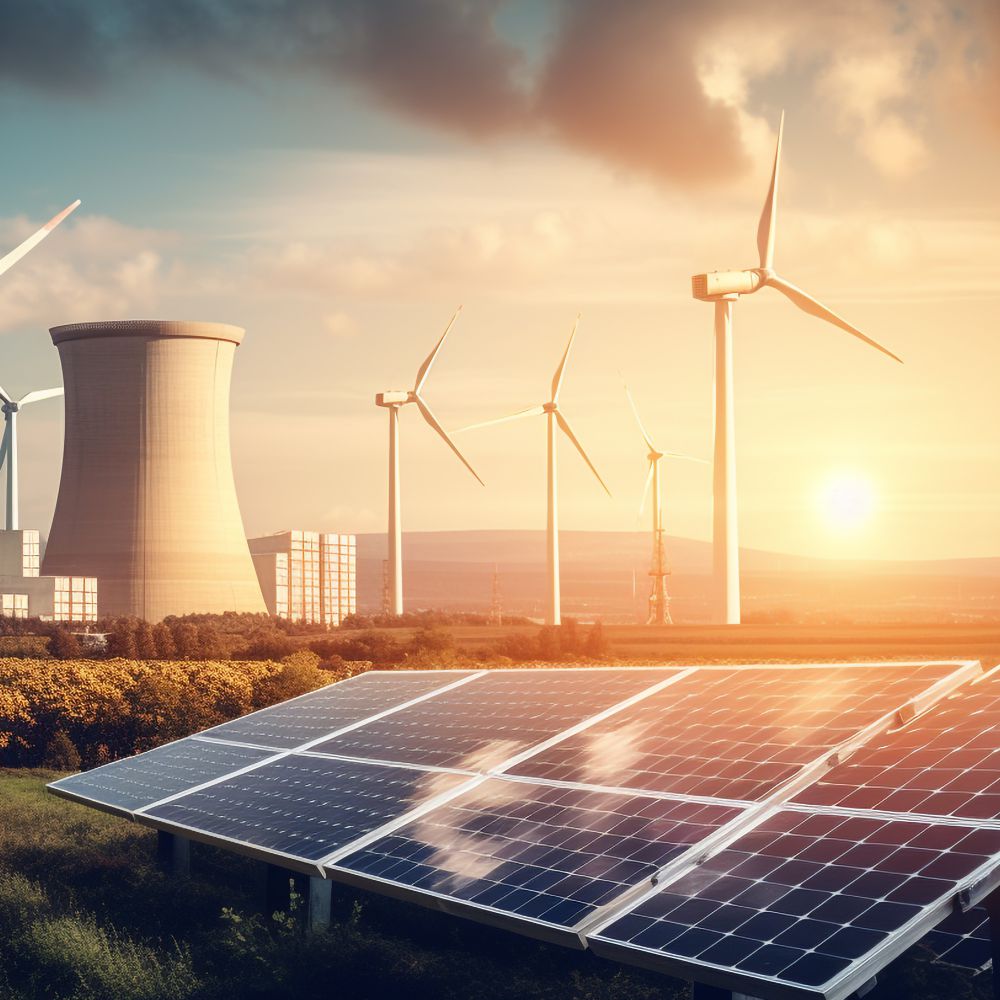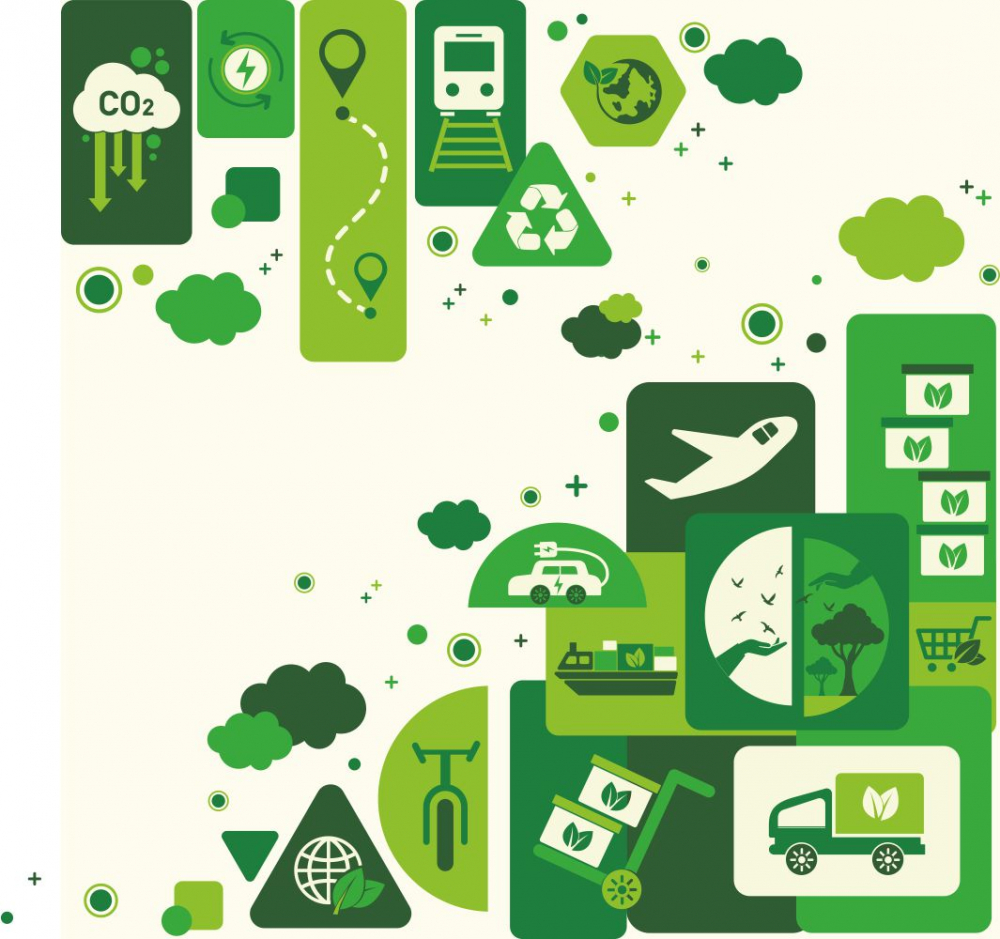DR. UMESH KULKARNI, PARTNER 3PS ADVISORY, SUSTAINABILITY CONSULTING
Identifying material issues which are relevant to companies’ risks is critical. Given this scenario, do Indian companies have a matured assessment model to identify the most relevant ESG issues affecting them?
Materiality encompasses all of those issues that organisations need to take into account when assessing their opportunities and risks. They are the issues they cannot afford to ignore. It allows businesses to:
- Report on non-financial issues
- Make more robust decisions about where to invest
- Assess new business opportunities
- Weigh up potential risks
- Enhance stakeholder engagement by offering insight into how the business functions
- Stay on top of regulatory and legal developments.
Organisations need to focus on those elements of ESG that are financially material to the way they do business. For example:
- Reduction of fuel consumption will have a more direct impact on a transport company’s financial position than on that of an accounting firm.
- Paper recycling is a large-scale undertaking for a print media organization,
- While pesticide use is high on the list of environmental issues for farmers
There are a number of ways to perform materiality assessments:
- The Sustainability Accounting Standards Board (SASB) Materiality Map, for example, offers a sector-by-sector breakdown of how strongly 26 specific ESG issues impact on particular industries.
- Global Sustainability Standards Board (GSSB) issued GRI – 3 (Topic Standard), wherein the organisation is required to report Disclosure 3-3 Management of material topics for each material topic.
In today’s complex business landscape, companies can be held accountable for the behaviour of their suppliers, and so need a mechanism for surfacing activity in their value chain that might leave them open to ESG risk. Clothing retailers, for example, need complete transparency of where and how their stock is manufactured due to the industry’s history of exploitative employment practices.
If you see lately, all the industries, whether they are small scale, medium scale or the large scale, are identifying their own material ESG issues and they are trying to address them into their day-to-day working such as identifying the key stakeholders then brainstorming material issues, designing & conducting survey, analysing the survey’s insights, creating and executing an action plan. In last five to ten years, this is on rise, and it is it is going to be a key issue in next 10 years.
Key ESG materiality assessment steps include:
Step 1: Identify key stakeholders.
- Define your company's purpose and strategic objectives for the materiality assessment
- Create a list of stakeholders that considers both internal contacts and external contacts
- Build support with key internal and external stakeholders.
Step 2: Brainstorm material issues
- Engaging both internal and external stakeholders
- Identify both financially material issues as well as socially and environmentally material factors.
Step 3: Design and conduct a materiality survey
- Develop engagement surveys that ask key stakeholders to rank a list of material issues from one to 10
- Host discussions with key stakeholders to gain deeper insights into their feedback.
Step 4: Analyze survey insights
- Review findings to explore gaps and opportunities for ESG issues.
- Use the resulting insights to create a materiality matrix
- Share results with key stakeholders and gather additional feedback.
Step 5: Create and execute an action plan and update your company’s materiality assessment regularly.
There is a new concept of “Double Materiality”, which was introduced recently with the updation of GRI Standards i.e., “Materiality is the effect of climate change on finance and corporate activities, while Double Materiality includes the effect of finance and corporate activities on climate change”.
Companies need to consider materiality from two perspectives:
- Economic, Environmental, and Social impact of the company’s activities on all stakeholders
- The impact of sustainability issues on the value of the company.
A company should start with the assessment of the outward impact followed by the identification of the subset of information, which is financially material to the company and of interest to financially focused stakeholder groups.
What are green corridors? In India, how do we establish this process? Do we need to incentivise and/or create a public private partnerships to drive the success?
“A Wildlife Corridor, Habitat Corridor, or Green Corridor is a thin strip of land that provides sufficient habitat to support wildlife, often within an urban environment, thus allowing the movement of wildlife along it”.
They are planned or unplanned linear landscape elements that allow multiple ecological, social, cultural and other uses compatible with sustainable land use. Common Green Corridors includes railway embankments, riverbanks and roadside grass verges.
In today's era where we are witnessing a tremendous growth in infrastructure projects, we are also witnessing a very silent change in the making. We all must know that most of these projects pass through the either wildlife habitat or the habitat corridors. In that aspect, the green corridor has become a MUST, which envisions to provide habitat to support wildlife.
Innovative and efficient technologies, practices, designs, and development come together in a smart green corridor to drive job creation, enhance water and soil resources, and increase community and economic value. There are a lot of benefits of green corridors…
- Increased biodiversity by having more green areas in the urban environment
- Promotion of non-polluting mobility: bicycles or scooters, for example
- Reduced air pollution and noise pollution in the city
- Helping prevent heat islands from forming, effectively lowering the temperature
- Contributing to a better storm water management, i.e., rainwater.
In addition to the environmental benefits already mentioned, they also generate social, cultural, and economic benefits. For example:
- Improving people's quality of life by promoting physical activity and mental relaxation,
- Boosting the cultural scene with open-air auditoriums or buildings dedicated to exhibitions and,
- Tourist attraction that has a positive impact on the city's economy
I'll share with you one of the latest examples - In the Samruddhi Mahamarg project, which spreads from Nagpur to Mumbai, I was elated to see that Ministry of Environment & Forest (MoEF) and Climate Change Government of India made it mandatory for the project proponent – MSRDC – to ensure green corridors planned for the 701 km stretch because it is passing through a great amount of wildlife. To their satisfaction, MSRDC did follow all these green corridors and they are now coming out with the Green Corridors along the way.
Additionally, Indian Railways has taken the initiative to start the green rail corridors. North-Western Railway has also declared two big green corridors in Rajasthan, even in the state of Gujarat, they are coming up with the green corridor. The importance of Green Corridor has now become very prominent, and I think that every project, which is non-urbanised or going through the nonurbanised areas, should have the green corridors for the betterment. This is the most important movement taken by the Central Government. Green Corridors are now even aimed at contributing towards the Swachh Bharat Abhiyan.
Is there a possibility to start using the maritime green corridors in some other lanes because if you see the Pan American ways or some of the Australian and Singapore kind of Pacific ways they're already in practice?
Definitely we can try it, but it’s not easy to achieve that in India as we have to circumvent many local challenges such as dealing with fisher community. Having said that the government is proactive, but then a lot of political interference certainly plays a big role in implementing and developing such Green Marine corridors.
There is a greater need to have transportation ships to have green energy for its manoeuvring. It could be phasewise, but with minimal time to achieve 100% using solar power ships. The hybrid versions with good quality fuel, which has low carbon emission combined with solar power, will be an effective and efficient way to use maritime green corridors. To achieve 100% green energy induced ships, it is assumed that for large dimension ships, it could be achieved in a period of 5-10 years, whereas for smaller DWT ships, it could be done in 3-5 years. In this initial period also, they should achieve stage wise green energy power so that there will be a dedicated Green Maritime Corridor established.
How far are we from investing in Carbon as a new Asset Class? The logic behind these investment decisions, is that these exposures can act as portfolio diversifiers, allowing investors a way to price carbon risks in their portfolios for future.
Accurate carbon and GHG accounting are important due to emerging regulations and a shift in the availability of capital (towards more sustainable companies). Many companies measure their carbon impact by conducting a Life Cycle Assessment (LCA). Carbon accounting is now becoming a requirement and it is important for businesses because it helps them to set goals for reducing their carbon emissions and preventing climate change. Our financial institutions are not yet fully ready to cope up with this kind of situation. I think it is still at a primitive stage and to overcome this problem will take some more time.
With rapid decarbonization and active transition to net zero in next 5 years on the anvil, we require a workforce which will drive the economies to net-zero goals. Do we have experienced senior leadership to cultivate and grow future leaders?
Formal environmental regulations as well as informal social expectations are pushing many firms to seek professionals with expertise with environmental, energy efficiency, and clean renewable energy issues. Decarbonization represents significant economic opportunity, but it also presents risks for workers whose jobs may be affected by climate change and disruption in the low-carbon transition.
I don't think the generation next is really ready with the green collar workforce because the age group of 25 – 40 projects that they know everything about ESG but when you really interact with them, then you realise how superficial their knowledge is in this matter. It requires a lot of efforts for this generation to really make them into a Green Collar workforce because it is going to be a right transition time for them to move from the blue collar job to white collar job and now to a green collar job.
I think it is imperative that the senior leadership should impart knowledge based seminars and curriculum to make it really environmentally conscious design policy and technology. It really requires a formal knowledge, formal implementation or formal experience into creating this kind of green collar workforce because anything and everything related to environmental conservation is a green collar job, but actually to deal with the climate change and the green column, workforce is a different story because there are about 15-16 type of jobs, which are categorised as green collar job, implementing environmentally conscious design, policy, and technology to improve conservation and sustainability.
Sports is fundamental to the wellbeing of communities. How Sports as an Industry can play its role in achieving sustainable goals?
Sport has proven to be a cost-effective and flexible tool for promoting peace and development objectives. Sport is also an important enabler of sustainable development. We recognise the growing contribution of sport to the realisation of development and peace in its promotion of tolerance and respect and the contributions it makes to the empowerment of women and of young people, individuals, and communities as well as to health, education and social inclusion objectives. Sport contributes to well-being regardless of age, gender or ethnicity, and are fully in harmony with the SDGs, particularly with regard to health (Goal 3: Ensure healthy lives and promote well-being for all at all ages).
Furthermore, sport in its most basic form encourages balanced participation and has the capacity to promote gender equality (Goal 5: Achieve gender equality and empower all women and girls). Sport contributes to making cities and communities more inclusive (Goal 11: Make cities inclusive, safe, resilient, and sustainable).
Apart from contributing to and for SDG, Sports, as a carbon emitting issue, is one of the most important aspects that no one has looked after so far or have ignored. If you see the recent reports of what has happened during the World Cup in Qatar, people have to take corrective action in the decarbonisation for sports.
It also applies to various annual mega events in every sport such as Lawn tennis, cricket, baseball, etc., which are played in the open arena or in stadium. The construction of stadiums and various other attributes to make the event successful, utilises lots of substances, which cause Carbon its life cycle i.e. Cradle to Grave.
Introduction to Integrating ESG in the next phase of business growth

Categories

Magazine Editions






















